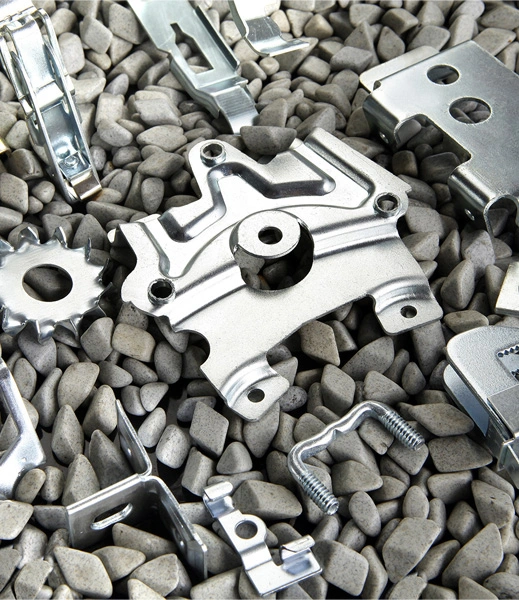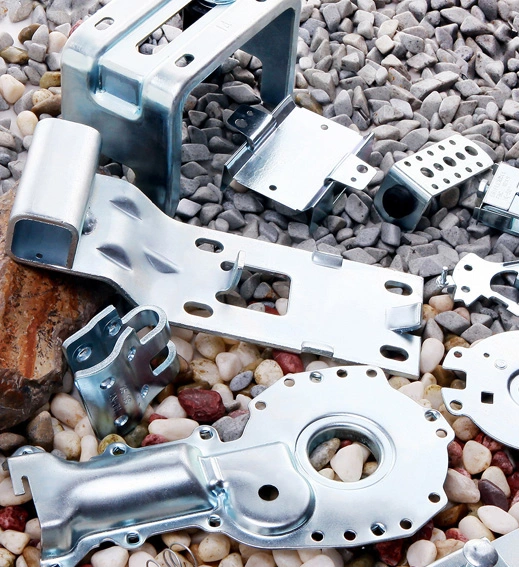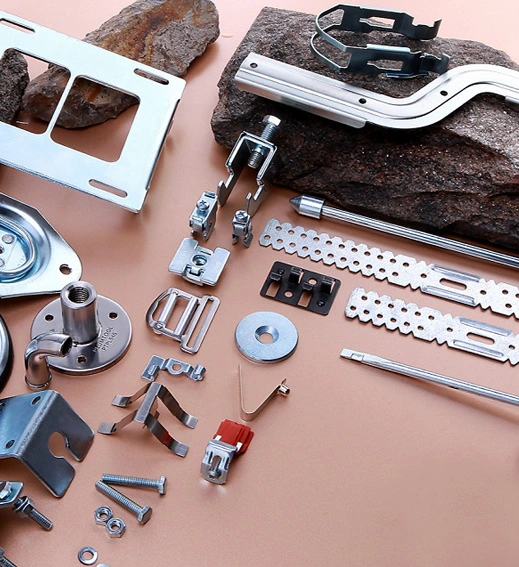

Material: carbon steel/stainless steel/aluminum/copper/galvanized sheet available
Thickness: 0.5mm
Tolerance: ISO 2768-f
Manufacturing process: compound stamping
Surface treatment: powder coating/painting/anodization/sandblasting/zinc coating etc available
instrument server stamping, chassis stamping, cabinet stamping
Compound stamping mold refers to a mold that completes multiple stamping processes simultaneously in the same part of the mold during a working stroke of a press (punch).
They may be a combination of different processes such as punching, cutting, deep drawing, or shaping.
Characteristics of compound stamping mold structure:
1. High production efficiency saves manpower, electricity, and inter process handling work.
2. The high precision of punching is due to several processes being completed at the same workstation, with consistent positioning benchmarks.
3. The manufacturing cost of molds is relatively high, requiring high precision and a longer cycle.
Principles for selecting compound mold structures
1. The production efficiency of batch compound molds is high, so it plays an important role in mass production.
2. When the dimensional accuracy, symmetry, and coaxiality requirements of the punched parts are high, compound molds can be considered for stamping accuracy.
3. The number of compound processes should generally be less than four, otherwise the mold structure is complex, the strength is not good, and it is not easy to manufacture and maintain.
Key points of compound mold structure design
1. The relationship between the allowable pressure curve of the crank press and the pressure curve of the compound mold (especially important for forming compound molds).
2. Design of convex and concave molds in compound molds.
3. The unloading and pushing device of the compound mold.
4. Selection of compound mold frame.
5. Material selection for the working parts of the compound mold.



